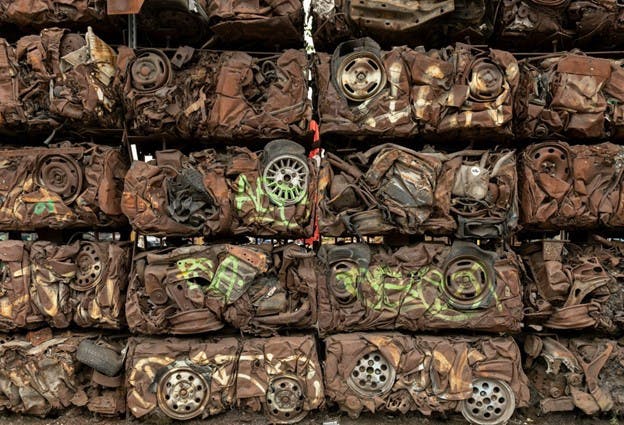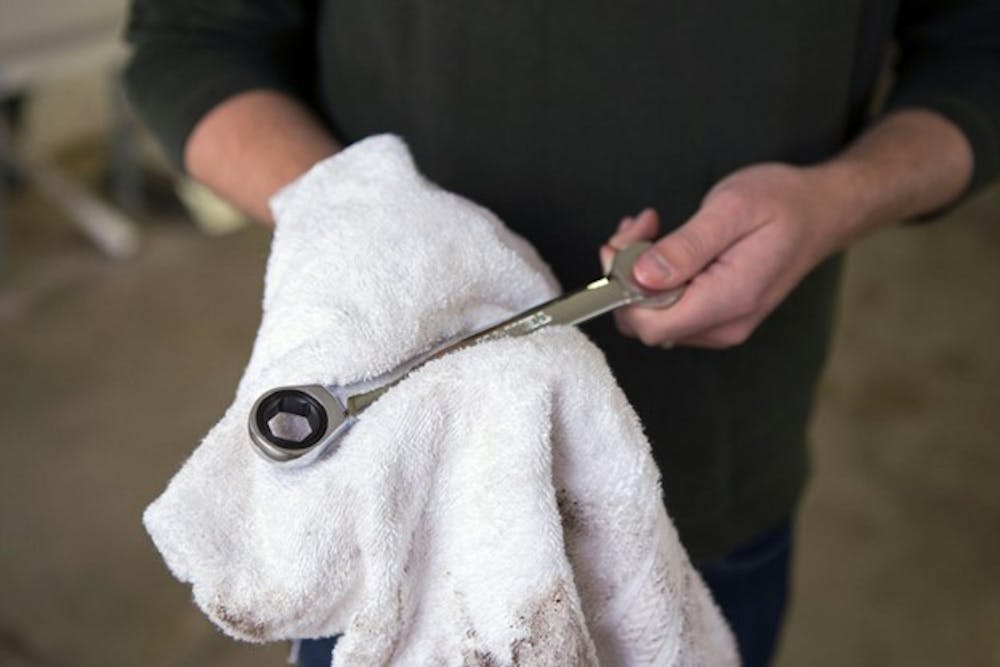When a car reaches the end of its life, it often ends up being sold as a junk car. These vehicles, no longer roadworthy or economically viable for repair, still have value in various ways. But what exactly happens to these junk cars after they are sold? Let's explore the journey of these vehicles through the recycling process and end-of-life treatment, offering insights into how they are repurposed and the environmental benefits they provide.
The Initial Acquisition and Inspection
Once a junk car is sold, it typically finds its way to a salvage yard or a scrap dealer. Here, the vehicle undergoes an initial inspection. This step is crucial, as it determines the best course of action for the car. The inspection involves checking for reusable parts, hazardous materials, and the overall condition of the vehicle.
For instance, if a junk car has a relatively new battery, functional alternators, or undamaged tires, these parts can be extracted and sold separately. Services like JunkCarsUs play a vital role in this process by efficiently handling the logistics of junk car removal and ensuring that valuable parts are recovered and repurposed, contributing to the overall recycling ecosystem.
The Dismantling Process
After the initial inspection, the dismantling process begins. This stage involves removing all reusable and recyclable parts from the car. Experienced technicians meticulously extract components like engines, transmissions, and catalytic converters. Each part is carefully removed to ensure it remains in good condition for resale.
The dismantling process also plays a significant role in environmental conservation. By reusing car parts, we reduce the need for new part production, which in turn minimizes resource extraction and energy consumption. For example, reusing a car engine can save approximately 55 kilograms of steel, highlighting the substantial environmental benefits of this practice.
Hazardous Material Removal
Cars contain various hazardous materials that need to be handled with care. These materials include:
● Fluids: Oil, coolant, brake fluid, and transmission fluid are drained and disposed of or recycled according to environmental regulations.
● Batteries: Car batteries contain lead and acid, both of which are harmful to the environment. They are removed and sent to specialized recycling facilities.
● Airbags: Airbags, which contain explosive chemicals, are carefully deactivated and removed.
Proper handling of these materials prevents environmental contamination and ensures the safety of the workers involved in the recycling process.
Shredding and Material Separation
Once the car is stripped of its valuable and hazardous components, the remaining shell is sent to a shredder. This large machine grinds the car into smaller pieces, making it easier to separate the different materials. The shredding process is quite fascinating;
it involves powerful magnets and other techniques to sort metals like steel and aluminum from non-metallic materials such as plastics and glass.
Example: The Steel Recycling Process
After shredding, the steel is collected and sent to steel mills, where it is melted down and repurposed. This recycled steel can be used in various industries, from construction to manufacturing new vehicles. The recycling of steel from junk cars significantly reduces the need for mining new iron ore, conserving natural resources and energy.

The Role of Advanced Technologies
Advanced technologies play a crucial role in the efficient recycling of junk cars. For example, eddy current separators and infrared sensors help in the precise sorting of materials. These technologies enhance the purity of the recycled materials, making them more valuable and easier to reuse in manufacturing processes.
Environmental and Economic Benefits
Recycling junk cars offers significant environmental and economic benefits. By recycling, we reduce the amount of waste sent to landfills, conserve natural resources, and decrease greenhouse gas emissions. Economically, the recycling industry creates jobs and supports businesses that rely on affordable, recycled materials.
In the United States alone, the auto recycling industry employs over 100,000 people and contributes billions of dollars to the economy. Local communities benefit from the economic activity generated by salvage yards and recycling facilities, highlighting the broader positive impact of recycling junk cars.
The journey of a junk car doesn't end when it is sold; rather, it embarks on a process of transformation. From the initial inspection to the extraction of reusable parts, the safe handling of hazardous materials, and the shredding and separation of valuable resources, every step plays a crucial role in maximizing the car's value and minimizing its environmental footprint.
The next time you see a rusty old car on the back of a tow truck, remember that it is not just scrap metal, but a valuable resource on its way to being repurposed and reused in countless new forms.





